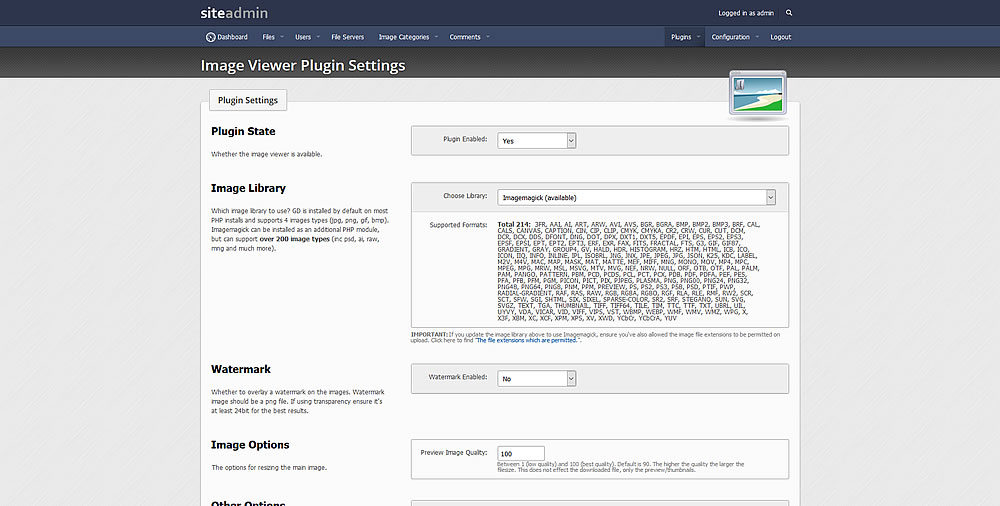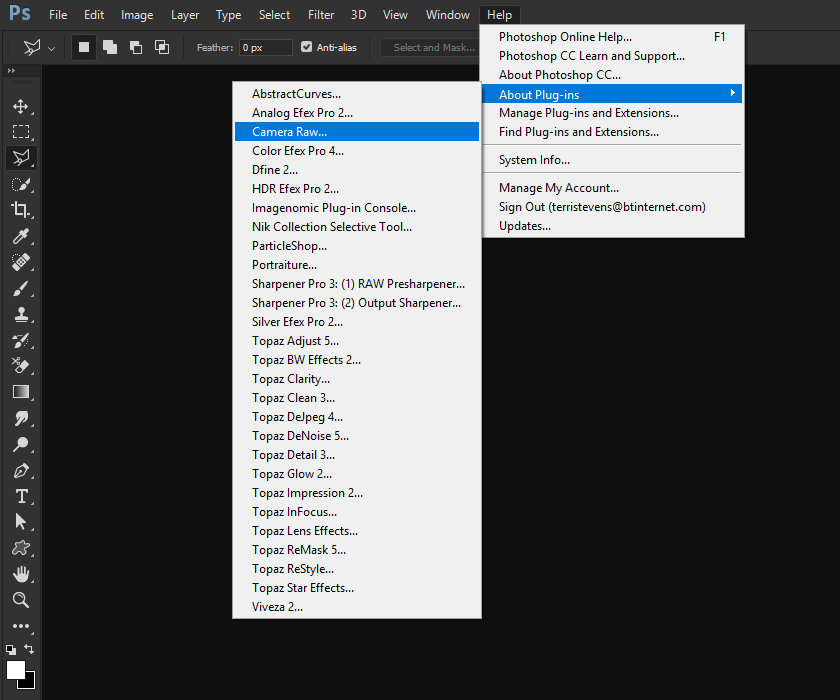

HDR and LDR do not refer to the bit-depth of the image. The same image as developed by Canon's DPP won't be linear in either sense. A raw image as developed by dcraw is linear in both senses. An image can be "linear" in either, both, or neither of these two senses. It can also mean that the gamma transfer curve of the color space is linear.

"Linear" can mean that the image tonality reflects the tonality in the original scene as photographed instead of being altered by the application of an S-curve or other means of changing local and global tonality. Linear has two related and easily confused definitions.
Digikam raw file support software#
But after a raw file has been interpolated by raw processing software and then output as a tiff or jpeg, the original raw file is still a raw file, of course, but the interpolated file is just an image file. For some reason this simple point causes a lot of confusion. But as soon as you want to display or print the image, then the device (monitor, printer) used matters a great deal and requires a device-dependent profile.Īn interpolated raw file isn't a raw file.

Once an image file has been translated by LCMS via a PCS to a device-independent working space, in a sense it no longer matters what device originally produced the image. Working space profiles and the PCS's are "device-independent". In actual fact, because of rounding errors upon each conversion, not to mention gamut-clipping when going from a larger to a smaller working space, every time you convert from one space to another the image degrades a bit.ĭevice-dependent and device-independent profiles: The camera profile, a scanner profile, your monitor's profile, and your printer's color profile are all device-dependent profiles - these profiles only work with the specific device for which they were produced by means of profiling. In theory, you should be able to do multiple conversions of an image from one working space to another, and if you are using a color-managed image editor, even though all the RGB numbers in the image will change with each conversion, the image displayed on your screen should look the same. On the other hand, every time you assign a new working space profile rather than convert to a new working space (except when initially assigning a camera profile to the image file you get from your raw processing software), the appearance of the image should more or less drastically change (usually for the worse, unless the wrong profile had previously been inadvertently embedded in the image). "Convert" to a profile means embed a new profile, but also change the RGB numbers at the same time so that the meaning of the RGB values - that is, the real-world visible color represented by the trio of RGB numbers associated with each pixel in an image - remains the same before and after the conversion from one space to another. What follow is some additional comments and definitions:Īssign a profile means change the meaning of the RGB numbers in an image by embedding a new profile without changing the actual RGB numbers associated with each pixel in the image. I've learned a lot and I hope you have, too. We've "color-managed" our way all the way from the camera and the monitor, to the working space, to the printer. You've reached the end of this tutorial on color management.


 0 kommentar(er)
0 kommentar(er)
